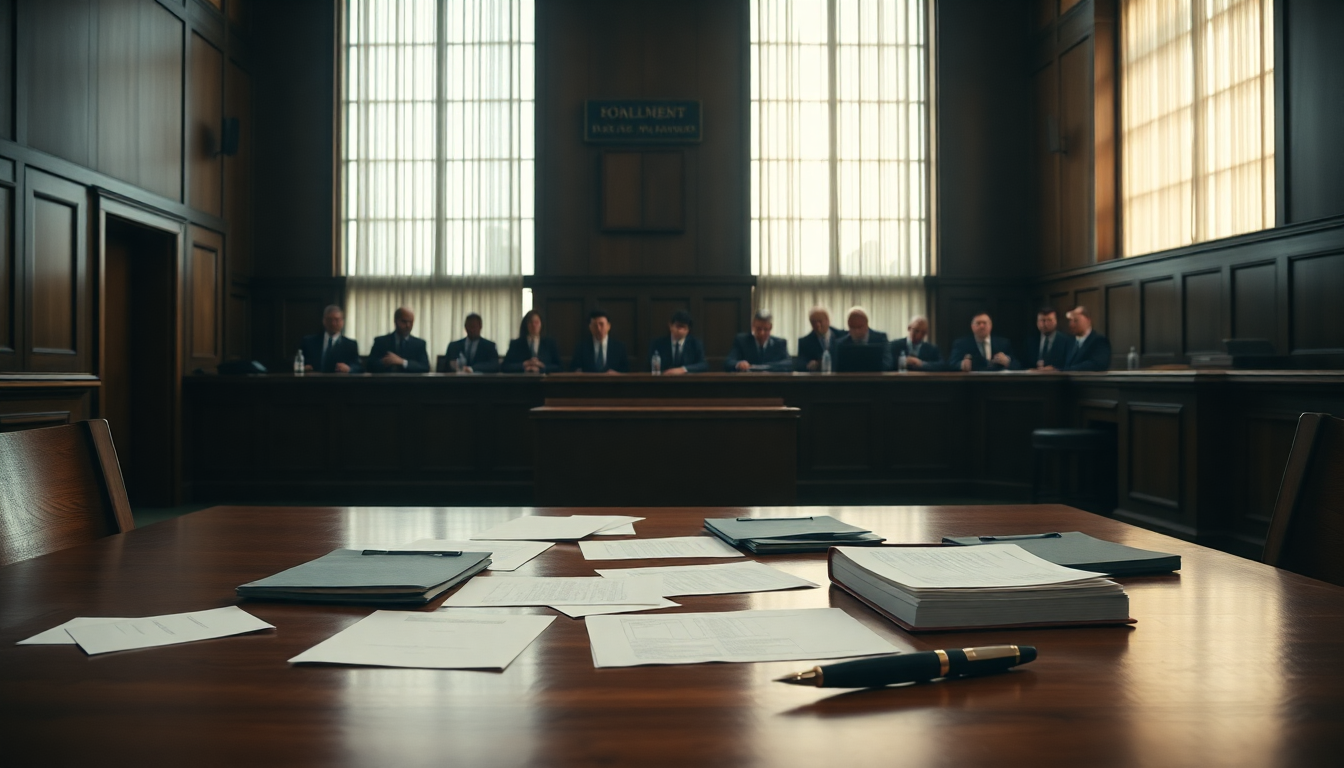Table of Contents
As the dust settles on the courtroom drama surrounding Karen Read’s retrial, one can’t help but feel the chaotic energy that permeates this case. A woman accused of murdering her ex-boyfriend, a Boston police officer, seems to be caught in a web of misfortune and questionable choices. With her defense team wrapping up their case, Read has decided to remain silent, leaving the public and legal experts to speculate about her motives. Is she a victim of circumstance, or is this silence evidence of a more sinister truth?
Unpacking the allegations
The prosecution’s narrative is a grim one. Read allegedly struck Officer John O’Keefe with her Lexus after a night of drinking, leaving him to die outside a party during a blizzard that shook Massachusetts to its core. It’s a story that not only raises eyebrows but also questions the very fabric of accountability in relationships. Did she really just drive away, or is there more lurking beneath the surface? The courtroom has become a theater for this tragic play, where every witness is a character in a narrative that is far from clear.
The expert witnesses and their roles
As the trial inches towards its conclusion, the defense has brought in experts to challenge the prosecution’s claims. Dr. Andrew Rentschler, a biomechanist, has provided insights that could potentially shift the narrative. His testimony suggests that the injuries sustained by O’Keefe could not have been caused by a collision with Read’s vehicle. One can only wonder if these expert testimonies are enough to sway a jury that has been bombarded with a barrage of emotional appeals and sensationalized media coverage.
The implications of silence
In a move that has left many scratching their heads, Read has opted not to testify in her own defense. Could this be a strategic decision to avoid a grueling cross-examination that could expose her to further judgment? After all, facing questions about her drinking habits and the events leading up to that fateful night could unravel any semblance of a defense she might have. And let’s be honest, who wants to air their dirty laundry in front of a courtroom full of strangers?
Public perception and media frenzy
The media has had a field day with this case, turning every courtroom session into a spectacle. It’s almost as if the trial has taken on a life of its own, with headlines screaming for attention while the actual nuances of the case are drowned out in a sea of sensationalism. The public is left to piece together a narrative filled with contradictions and half-truths. And let’s not forget the role of social media, where every tweet, post, and comment adds another layer to this already complicated saga. Is this the trial of the century or just another example of the justice system being put on display for entertainment? One can’t help but feel like we’re all unwitting participants in a reality show, where the stakes are life and death.
The looming question of justice
What does justice look like in a case like this? Is it a guilty verdict that satisfies the public’s thirst for retribution, or is it a fair trial that upholds the principles of justice, no matter how murky the waters get? It’s easy to jump on the bandwagon of outrage when a police officer is involved, but the truth is often more complicated. As the defense rests and the jury prepares to deliberate, one can only hope they see beyond the chaos and arrive at a verdict that reflects the truth—whatever that may be.
A case that keeps on giving
As we watch this train wreck unfold, it’s impossible to ignore the underlying themes of greed, desperation, and the human condition. Karen Read’s case is a stark reminder of how quickly lives can spiral out of control and how easily the narrative can shift. Will she be vindicated, or will she become yet another cautionary tale in a world that thrives on scandal? Only time will tell. But rest assured, the public’s appetite for drama will keep this story alive for a long time, making it a case to watch long after the gavel has fallen.


